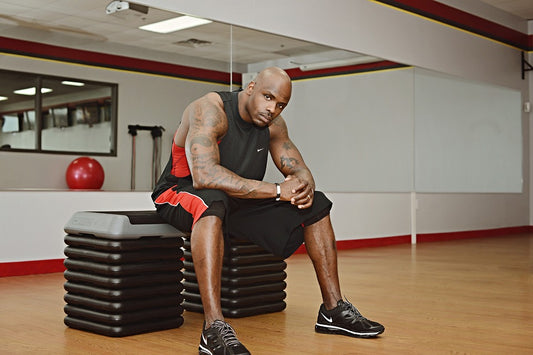CrossFit

Cross Training Gym - Tips on Maximizing Your At...
As you step into the CrossFit gym, one of the people you are likely to see more of is your coach. This is the professional who will take you through...
Cross Training Gym - Tips on Maximizing Your At...
As you step into the CrossFit gym, one of the people you are likely to see more of is your coach. This is the professional who will take you through...
Cross Training Workout - Building Size and Stre...
In many training programs, the volume is often overlooked. In case you are wondering what volume is all about, simply defined, it refers to the total weight lifted during the...
Cross Training Workout - Building Size and Stre...
In many training programs, the volume is often overlooked. In case you are wondering what volume is all about, simply defined, it refers to the total weight lifted during the...
Cross Training Workout - Understanding Pull-Ups...
Simply defined, a pull-ups exercise is a compound CrossFit workout which engages a wide range of muscles from the shoulders to your back and arms simultaneously. It is also easier...
Cross Training Workout - Understanding Pull-Ups...
Simply defined, a pull-ups exercise is a compound CrossFit workout which engages a wide range of muscles from the shoulders to your back and arms simultaneously. It is also easier...

